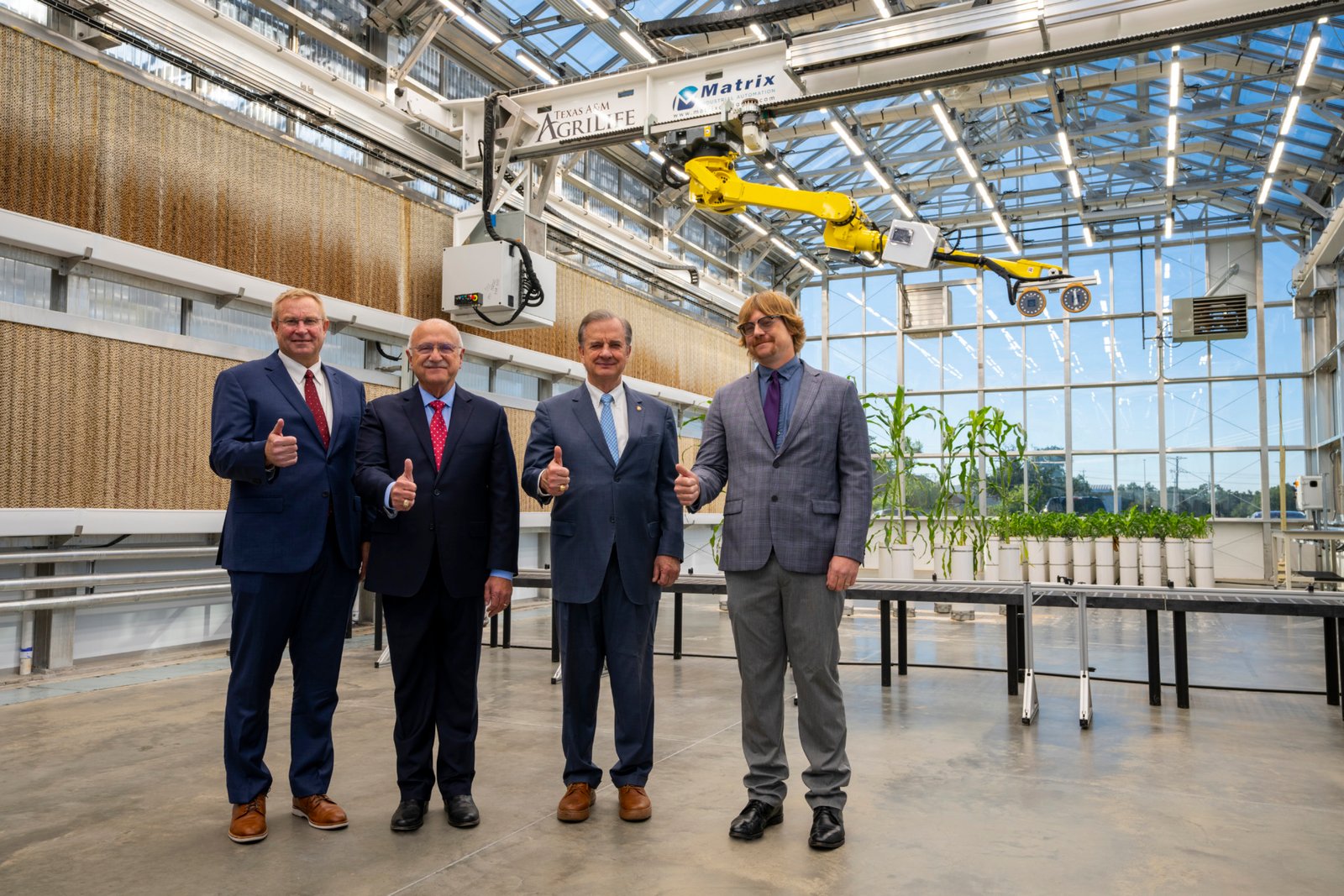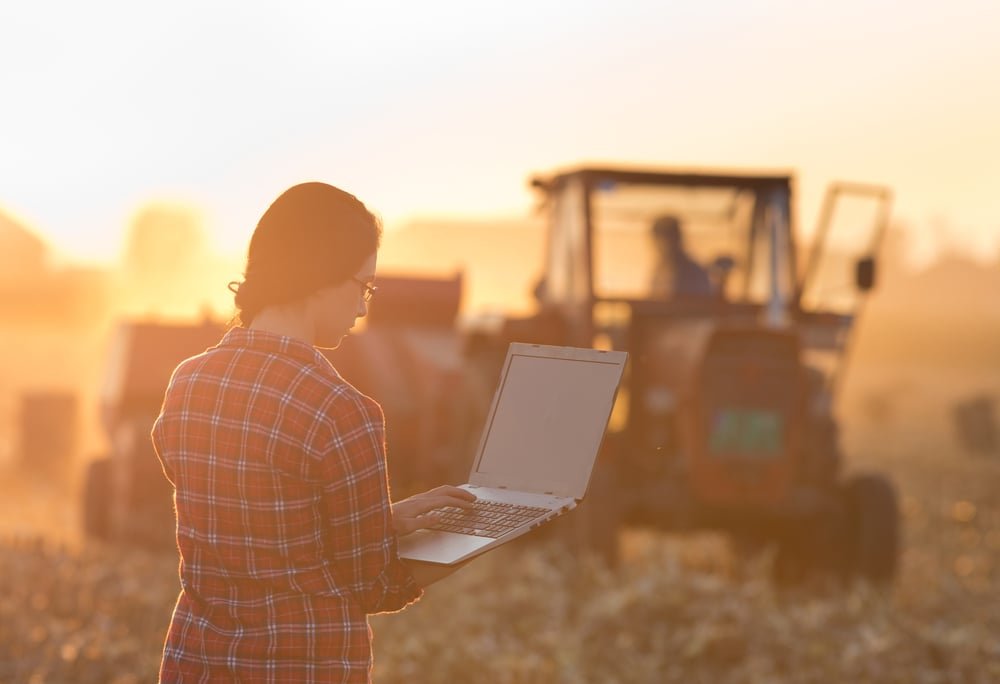Agribusinesses Adopt New Risk-Management Strategies Amid Supply Chain Challenges - Article by Dave Gebhardt, EarthDaily Agro
Every day, weather and world events impact conditions in the field — conditions that will bear crucial influence on crop supply and demand. And between recent heat waves, historic droughts and the disruptions of the Russia-Ukraine war, today’s global agrifood supply chains are facing immense distress — putting agribusinesses industry-wide at heightened risk.
Relying on traditional crop monitoring from government agencies such as the USDA or Eurostat can put organizations at a significant disadvantage in today’s fast-moving agrifood industry. With such agencies publishing their crop yield projections on a monthly basis, data sourced from these organizations can often be outdated.
De-Risking Agribusiness With Earth Observation
Earth Observation, a form of business intelligence, employs specialized satellites that continuously monitor the Earth’s surface to detect changes in crop health, and the technology has a long history serving agriculture. Recently, new advances have equipped providers with greater ability to drive even more value.

In the past, the primary challenges around Earth Observation have been the quality, frequency and coverage needed to support large enterprise customers. The technology of yesteryear often left users wanting more, largely because only so much information could be extracted from satellite imagery using just a few spectral bands acquired every one to two weeks. Even after supplementing the data with additional sources, the composite that resulted was still low-resolution and couldn’t be updated frequently.
Fast forward to today, though, and that’s quickly changing. Recent years have seen a variety of developments to Earth Observation that automate analytics and expand the type of crops and types of measurements — such as water and soil health — that can be monitored to help detect trends and change. Additionally, cloud storage, advanced analytics, flexible APIs, increased processing power and other technology advancements have made today’s geospatial analytics easier to integrate into existing systems and workflows, driving better outcomes.
Agrifood Supply Chain Security Starts at the Source
Interestingly, one of the biggest barriers to food security exists before crops are even grown. As farming operations continue to grow in scale, planting requires ever vaster amounts of capital — yet many of today’s farmers struggle to access the capital they need to run their operations.
 The challenge lies in the constraints of traditional asset-backed lending models. Traditional lending poses a challenge for today’s farmers because, while they are often farming more land, they are often not necessarily owning more land. This presents a hurdle because, as one would imagine, a bigger operation takes a bigger loan, yet today’s farmers often don’t possess the volume of assets required to secure the credit they need under traditional asset-backed lending.
The challenge lies in the constraints of traditional asset-backed lending models. Traditional lending poses a challenge for today’s farmers because, while they are often farming more land, they are often not necessarily owning more land. This presents a hurdle because, as one would imagine, a bigger operation takes a bigger loan, yet today’s farmers often don’t possess the volume of assets required to secure the credit they need under traditional asset-backed lending.
As a result, many potentially creditworthy farmers are deemed beyond lenders’ acceptable risk threshold. When it comes to agrifood supply chains, the effect is palpable downstream. If farmers can’t farm, crops can’t get harvested, and ultimately, there’s less food to go around.
Earth Observation Helps De-Risk Ag Lending to Support Food Security
It’s for this reason that financial partners such as lenders are key, if often overlooked, players in the global agrifood supply chain. Increasingly, though, ag lenders are turning to new production-backed lending models to help unlock farmers’ access to more capital for their operations.

Unlike traditional asset-backed lending, production-backed lending depends less on farmers’ assets for loan collateral and instead relies on the value of their forthcoming crop yields to secure loans. Under this model, a farmer’s potential crop output is treated as an asset and part of the collateral they can contribute to secure their loan. It’s based on the concept that a farmer’s crop is as much an asset as the land it’s being grown on.
The historical challenge with production-backed lending, though, is that banking on the future is an inherently risky endeavor. To help de-risk production-backed lending, an increasing number of lenders are turning to Earth Observation.
How Earth Observation Increases Farmers’ Access to Capital
EarthDaily Agro’s constellation of satellites orbit the Earth on a daily basis, capturing imagery and data of the planet’s surface. Through powerful software, this imagery and data is analyzed to obtain near real-time, ground-level data on environmental conditions, crop health and more.

The result is more transparency, more information and more confidence for lenders. Once a loan has been disbursed, Earth Observation allows lenders to monitor the borrower’s collateral — i.e., their crops —remotely, efficiently and with certainty.
While production-backed lending is still a new concept in many parts of the world, it’s already in use in countries such as Brazil, where EarthDaily Agro works with one of the country’s leading ag lenders to help more farmers access the capital they need. Ultimately, Earth Observation has the potential to help ag lenders support the entire agrifood supply chain through de-risking production-backed lending.
Earth Observation Powers Collaboration Across the Agri-Food Landscape
As the previous example shows, Earth Observation is powerful, but it’s still only half the equation. The other half comes through the partnerships that Earth Observation providers create with their customers across the agrifood supply chain who are seizing some of the world’s most challenging business opportunities.
 The challenges facing today’s global agrifood supply chains are not challenges that any single organization or technology can solve on its own. Analytics from Earth Observation are unique and informative, but it’s ultimately what organizations do with analytics that makes impact possible — and this is the intersection where collaboration becomes paramount to creating a better, more efficient and more reliable food supply chain.
The challenges facing today’s global agrifood supply chains are not challenges that any single organization or technology can solve on its own. Analytics from Earth Observation are unique and informative, but it’s ultimately what organizations do with analytics that makes impact possible — and this is the intersection where collaboration becomes paramount to creating a better, more efficient and more reliable food supply chain.
What to Expect From Earth Observation in the Future
EarthDaily Agro’s capabilities will be further enhanced with the company’s forthcoming EarthDaily satellite constellation. Currently under construction, the constellation will harness the power of 22 spectral bands captured globally every day — providing more detailed insights than ever possible before. The result is a single, seamless source of truth that agribusiness leaders can depend on to inform their decisions.
Additional information on Earth Observation from EarthDaily Agro is available at www.earthdailyagro.com. Delegates attending the World Agri-Tech Innovation Summit in London are invited to meet with EarthDaily Agro leaders onsite at their meeting room in Park Suite 6 or digitally via the conference’s virtual platform.
About the Author

Dave Gebhardt is General Manager of EarthDaily Agro. With more than 25 years of agriculture experience, his background includes plant genetics, agronomy and technology leadership roles with companies including Coors Brewing Company, DuPont Pioneer, Land O’Lakes/WinField United and Geosys. Dave earned his Bachelor of Science degree in agronomy from Iowa State University and his M.S. and Ph.D. in plant breeding and genetics from the University of Minnesota–Twin Cities.
Connect with Dave via LinkedIn or through the summit networking platform.














